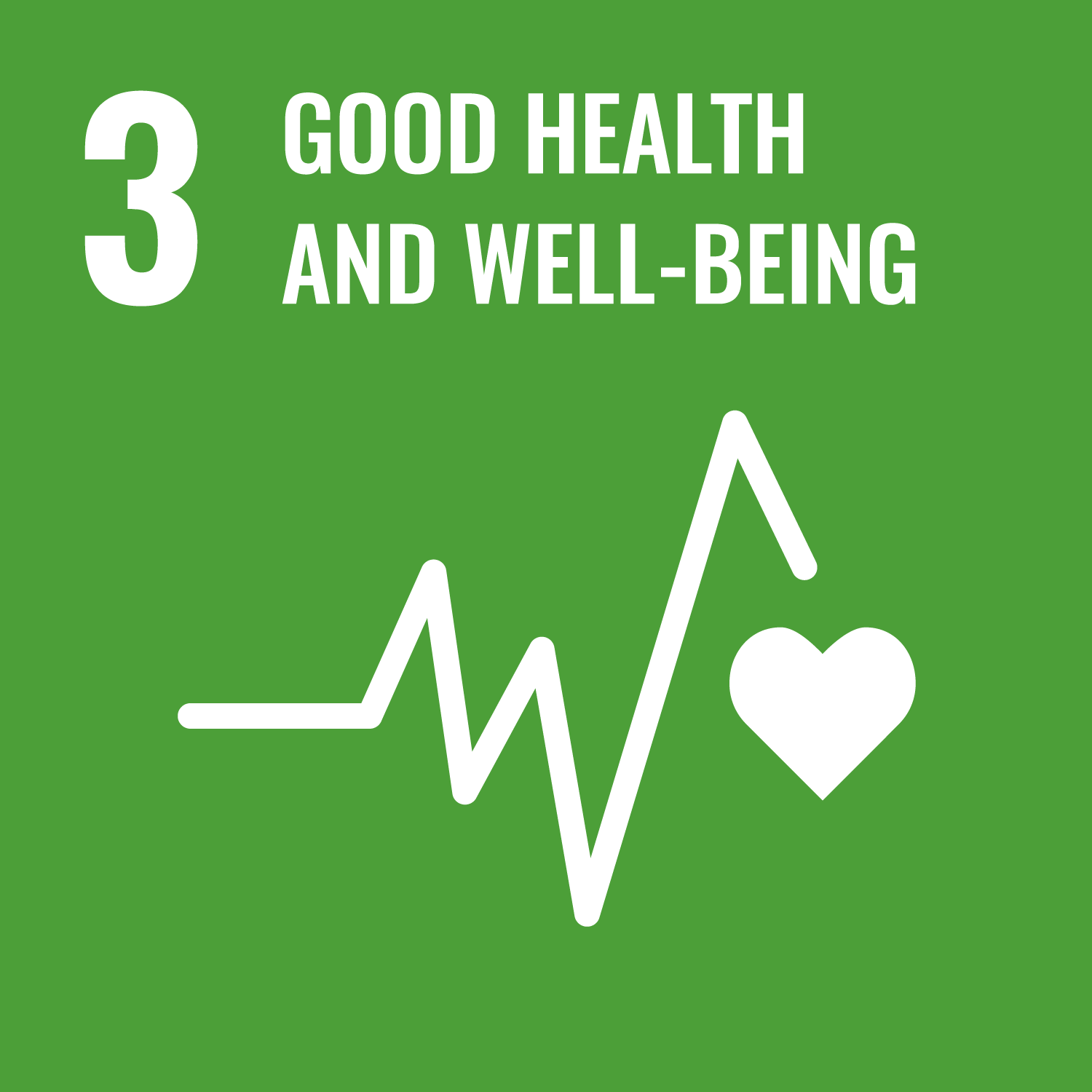Social Impact Bond on Diabetes and Diabetic Retinopathy in Armenia
Aligned SDGs

- Social Impact Bond on Diabetes and Diabetic Retinopathy in Armenia
- General overview
- Intervention
- Target population
- Location
- Outcome metrics
- Last data update
- Spreadsheet of data
- Social Impact Bond on Diabetes and Diabetic Retinopathy in Armenia
- General overview
- Intervention
- Target population
- Location
- Outcome metrics
- Last data update
- Spreadsheet of data
General overview
Stage of development: Early stage
Policy sectors: Health
Type of instrument: Impact Bond
Delivery locations: Armenia
Country classification: Upper-middle-income
Intervention
Social or environmental challenge
Armenia is facing a growing burden of non-communicable diseases (NCDs) including type 2 diabetes (T2DM). In Armenia, more than 110,000 people are officially registered as living with diabetes mellitus (DM) - a threefold increase in just 30 years and their number is expected to surpass 150,000 before 2030. According to global estimates by the International Diabetes Federation (IDF), almost one in two adults (20-79 years old) with DM are unaware of their diabetes status (2021). For Armenia, the proportion of people with undiagnosed diabetes was estimated at 39.6%1 in 2021, indicating that the actual number of people living with diabetes is much higher than official statistics.
Description of the intervention
The proposed intervention encompasses a comprehensive approach targeting PWD within the selected regions. The intervention will target the entire DM population in these areas for screening sessions, in parallel
to identifying individuals aged between 40 and 56 who are not yet registered. The intervention is planned to be carried out in two regions of Armenia - Lori and Armavir, for a target group of 16, 979 people. Out of those 14,930 are diagnosed with DM and 2,049 are non-diagnosed people in working age. The latter is also important, since the analysis of newly diagnosed patients for T2DM reveals that the average age of diagnosis is largely skewed compared to average age of diagnosis in the world. In particular, as per 2020 data the average age at diagnosis in Lori is 58 years old and in Armavir 55 years old, which is 10 years later than international literature suggests. Prevalence of DM and overall eye disease (mainly DR and glaucoma) have been decisive factors in the selection of two regions.
Target population
People with diabetes (PwD)
Location
Country:
- Armenia
Locality:
- Armenia
Outcome metrics
- Number of people screened for diabetes and undergone HbA1c tests.
- Number of people receiving a personalized health plan.
- Number of people receiving any kind of DR treatment and not experiencing any impairment or loss of vision.
- Number of patients who do not suffer an aggravation of visual impairment compared to relevant benchmarks (this would be an additional outcome indicator supporting the intervention, not tied to payment).
- Number of patients who experience an increase in health-related quality of life (this would be an additional outcome indicator supporting the intervention, not tied to payment).
- Observed changes in relevant biomarkers (this would be an additional outcome indicator supporting the intervention, not tied to payment).
Last data update
Data for this pipeline project was last updated in September 2024
You might have noticed that some pipeline projects have more data than others. This is because organisations can share as much data as they want with the INDIGO initiative. If you have more data on one of these pipeline projects and would like to share with us, please get in touch at indigo@bsg.ox.ac.uk. Our full list of variables and data definitions can be found here.
Spreadsheet of data
Important Notice and Disclaimer on INDIGO Data
INDIGO data are shared for research and policy analysis purposes. INDIGO data can be used to support a range of insights, for example, to understand the social outcomes that projects aim to improve, the network of organisations across projects, trends, scales, timelines and summary information. The collaborative system by which we collect, process, and share data is designed to advance data-sharing norms, harmonise data definitions and improve data use. These data are NOT shared for auditing, investment, or legal purposes. Please independently verify any data that you might use in decision making. We provide no guarantees or assurances as to the quality of these data. Data may be inaccurate, incomplete, inconsistent, and/or not current for various reasons: INDIGO is a collaborative and iterative initiative that mostly relies on projects all over the world volunteering to share their data. We have a system for processing information and try to attribute data to named sources, but we do not audit, cross-check, or verify all information provided to us. It takes time and resources to share data, which may not have been included in a project’s budget. Many of the projects are ongoing and timely updates may not be available. Different people may have different interpretations of data items and definitions. Even when data are high quality, interpretation or generalisation to different contexts may not be possible and/or requires additional information and/or expertise. Help us improve our data quality: email us at indigo@bsg.ox.ac.uk if you have data on new projects, changes or performance updates on current projects, clarifications or corrections on our data, and/or confidentiality or sensitivity notices. Please also give input via the INDIGO Data Definitions Improvement Tool and INDIGO Feedback Questionnaire.